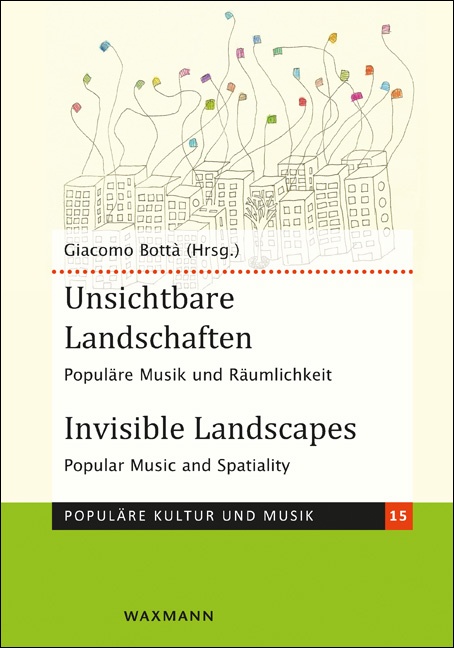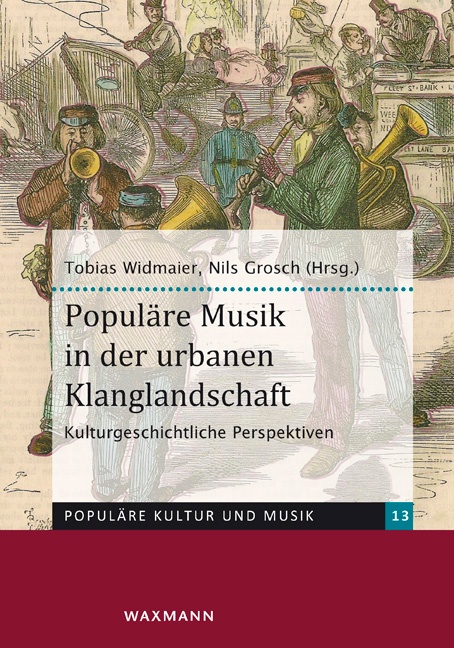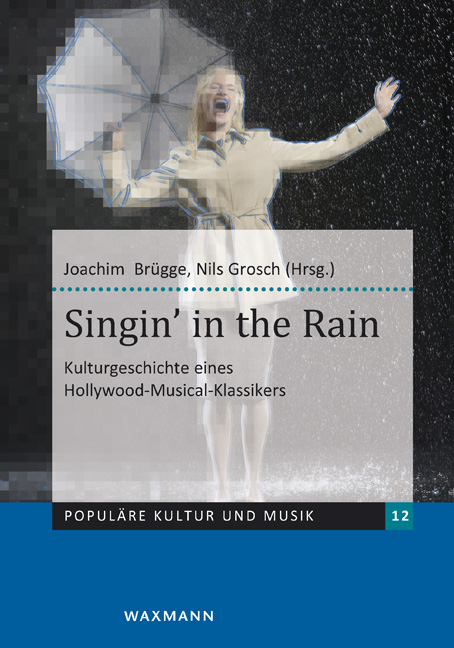Giacomo Bottà
(Hrsg.)
Unsichtbare Landschaften
Invisible Landscapes
Populäre Musik und Räumlichkeit
Popular Music and Spatiality
2016, Populäre Kultur und Musik, Band 15, 204 Seiten, broschiert, 34,90 €, ISBN 978-3-8309-3039-6
Mit Beiträgen von
Giacomo Bottà,
Thomas Burkhalter,
Christina M. Heinen,
Fernand Hörner,
Meri Kytö,
Carlo Nardi,
Leonard Nevarez,
E. Şirin Özgün,
Philipp Rhensius,
Daniel Tödt,
David-Emil Wickström
Its production is forged in studios, rehearsal areas and bedrooms, places often mythologised in popular music history. Popular music is also recorded using studio techniques designed to recreate space, through reverb and other effects. Its collective consumption happens in concert halls, clubs and bars while its individual consumption takes place in streets, homes and at bus stops; all physical places. In addition, popular music often represents or sounds like certain urban or rural, real or imagined places of various scales. These places are often invisible, intangible and hidden behind the music, or recreated on record covers and music videos.
The multilingual volume “Invisible Landscapes”, written by a group of transnational scholars and edited by Giacomo Bottà, contains chapters in German and English. It comprises chapters about heterogeneous popular music practices, largely, but not exclusively, from Europe. Addressing the relation between popular music practices and political struggles, postcolonialities, dense and layered urban settings and a certain understanding of cultural heritage, this volume turns noise into sound, revealing the invisible landscapes of Europe.
Pressestimmen
In total, this edited volume provides valuable insights into the interrelation of music and its places of production and performance. […] This edited collection offers many interesting case studies for urban and popular music studies that can be valuable for further theoretical work.
Jan Peter Herbst in: Journal of the International Association for the Study of Popular Music, 1/2017.
Zusammenfassend lässt sich festhalten, dass der Band durch seine Verschränkung von populärer Musik und Räumlichkeit eine völlig neue Perspektive auf die Wahrnehmung und Funktion populärer Musik zu werfen vermag. Die Autoren schaffen es, vielschichtige Zusammenhänge zu kennzeichnen und zu dechiffrieren, sie aber auch neu zu verorten. Damit zeigt sich ein weiteres spannendes Feld der Popkulturforschung, das es absolut wert ist, weiter begangen zu werden. Dieser Band kann dabei nur ein Anfang sein. Er hat es aber in sich und schreit förmlich […] nach weiteren Forschungen.
Sebastian Gietl in: Bayerisches Jahrbuch für Volkskunde, 2017.





